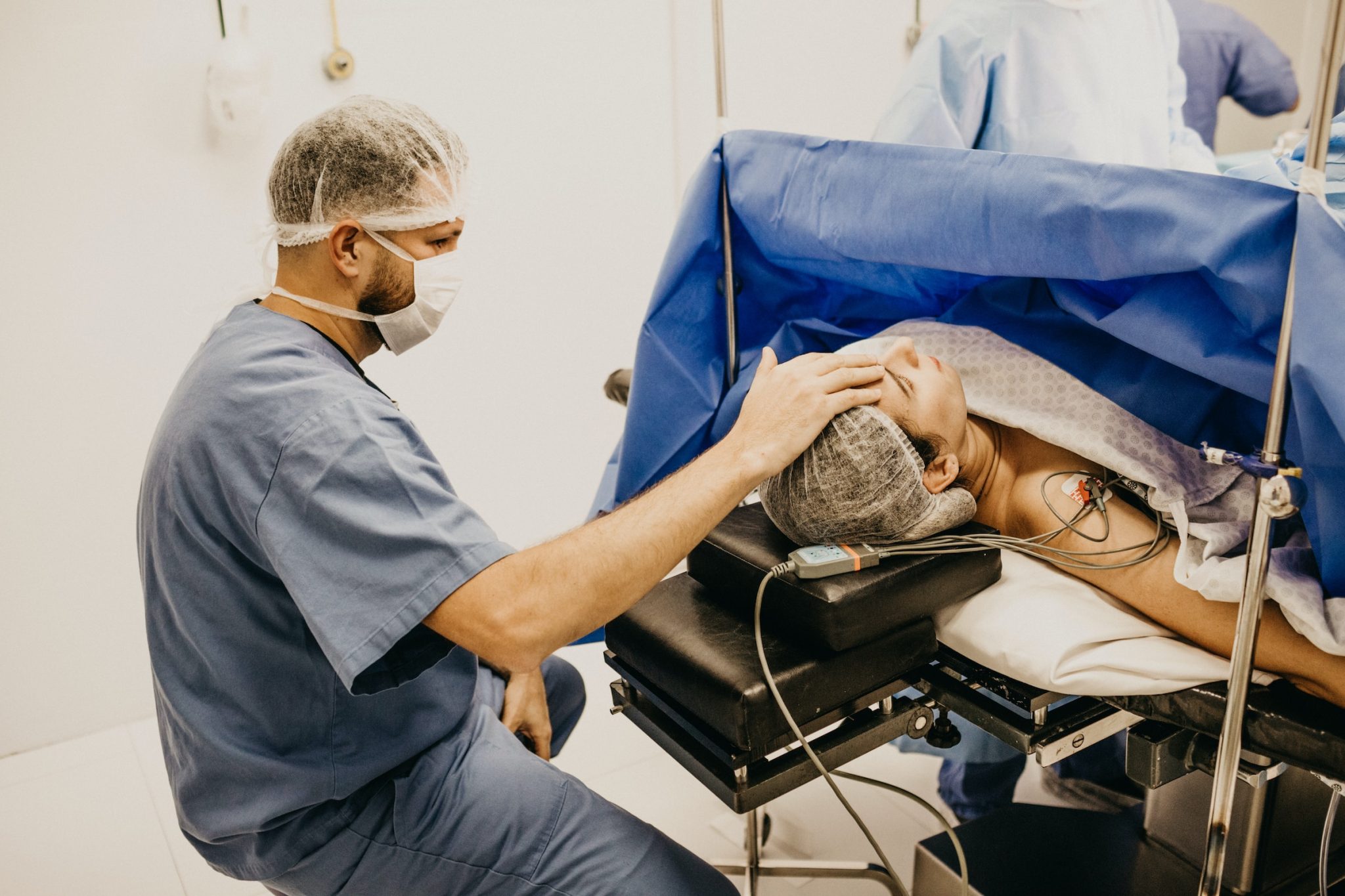There are a lot of complications that can happen during childbirth, and one of the worst is a condition called hypoxic-ischemic encephalopathy (HIE), which is a type of brain damage caused by oxygen deprivation. Therefore, it’s essential to understand how to reduce instances of oxygen deprivation, also called birth asphyxia. The medical staff responsible for overseeing your pregnancy have a duty of care to monitor you closely, but there are also things you can do to help.

Table of Contents
Parental Testing
Regardless of your risk factor, your medical provider should carry out many tests to make sure your baby’s development is as it should be. The type of tests you will receive depends on several different circumstances including family history or pre-existing conditions. The most at-risk mothers include:
- Diabetic people.
- Those with high blood pressure.
- Smokers and alcoholics.
- Babies that are too small in the womb.
- Mothers who have had a miscarriage.
To avoid HIE during childbirth, your doctor’s best strategy is regular and thorough testing. However, such tests aren’t always administered as often or as effectively as they should be, which is a clear act of negligence. If this happens during your pregnancy and your child suffers birth asphyxia, make sure you contact an HIE birth injury claims legal expert.
Fetal Heart Rate Monitoring
When you go into labor, your doctor has to keep the baby’s heart rate under close observation. This is an essential step in the process because it tells medical professionals how well the baby is doing. If there are any irregularities, your birth team can start thinking about emergency measures like a cesarean (C-section) or induced labor. How fast those responsible for your care act could be the difference between having a healthy child or going through the trauma of HIE or other birth injuries.
Magnesium Sulfate
When a child is born premature, the likelihood of them having a serious medical injury like HIE increases greatly. Therefore, it’s important to take measures to avoid having a premature birth. Although there may not be much you can do, there has been research to prove that taking magnesium sulfate can help reduce premature births.
Betamethasone
Despite you and your medical team’s best efforts, your child may be born prematurely anyway. If this happens, then your doctors will most likely use a corticosteroid called betamethasone, which helps to make sure your newborn can cope with life outside of an incubator. In most cases, the side effects of using betamethasone are limited, especially when administered little and often.

Having a C-Section
A C-section involves having your baby removed by surgery through an abdominal incision. It’s often only used in emergencies. However, if you have concerns about relevant health risks, you can talk to your doctors and ask if they will perform one anyway. By having your child removed from the womb this way, it can reduce the chances of HIE and other injuries.
Reducing HIE may be largely out of your control, but that doesn’t mean you can’t take methods to make sure your doctors are carrying out the necessary tests at the correct time.
- About the Author
- Latest Posts
Whether she is researching the latest trends in home decor, life-changing destination getaways, or the best way to maintain your finances, Dewey takes pride in leaving no stone unturned. She is passionate about distilling and delivering high-quality information that you can use to upgrade your life.




